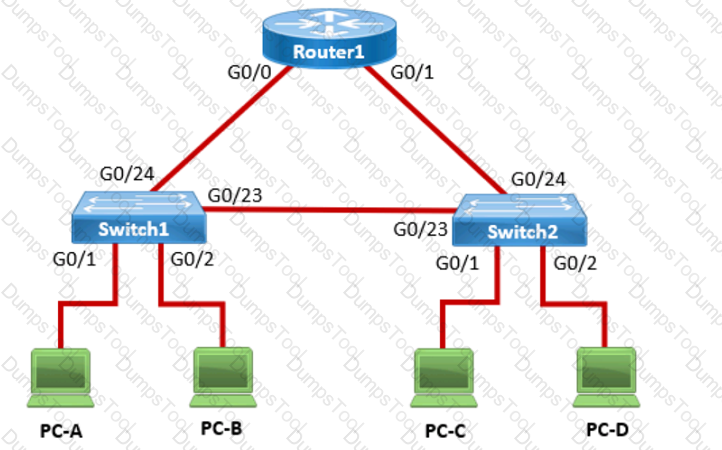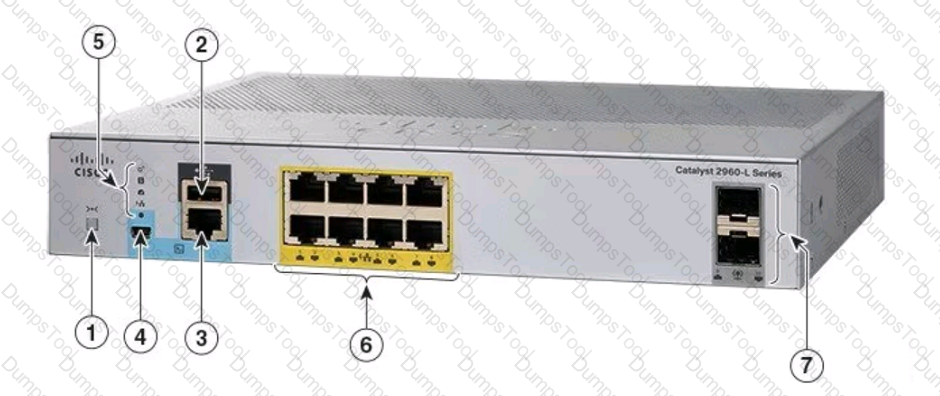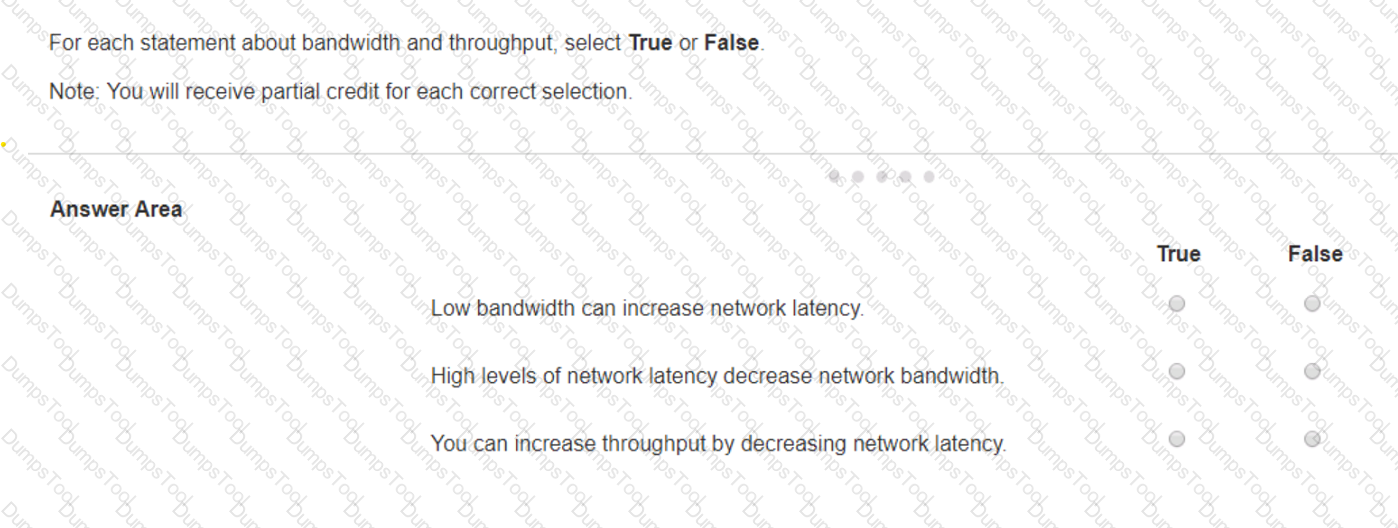Understanding How Layer 2 Switches Handle Unknown MAC Addresses
Switches operate at Layer 2 (Data Link Layer) of the OSI model and maintain a MAC address table (CAM table) to forward frames efficiently.
When a switch receives a frame, it checks its MAC address table to see if it knows the destination MAC address.
If the destination MAC address is not in the table (meaning the switch does not know which port leads to PC-C), the switch follows the flooding behavior.
What Happens When Switch1 Receives a Frame from PC-A to PC-C?
Switch1 checks its MAC table:
The source MAC (PC-A) is recorded in the table on port G0/1.
The destination MAC (PC-C) is not in the table.
Switch1 does not know where PC-C is:
It floods the frame out of all active ports except the port it was received on (G0/1).
This means the frame is sent to:
Switch2 (via G0/23)
PC-B (via G0/2)
Switch2 receives the frame and follows the same process:
If Switch2 has PC-C's MAC in its table, it forwards the frame appropriately.
If not, it floods the frame again until PC-C replies.
Once PC-C responds, Switch1 and Switch2 learn its MAC address and update their tables.
Why Other Options Are Incorrect:
❌ A. Switch1 queries Switch2 for the MAC address of PC-C.
Incorrect: Switches do not query other switches directly for MAC addresses. Instead, they rely on learning MAC addresses dynamically through frame forwarding.
❌ B. Switch1 drops the frame and sends an error message back to PC-A.
Incorrect: Switches do not drop frames for unknown MAC addresses. Instead, they flood the frames out all ports except the incoming port.
❌ D. Switch1 sends an ARP request to obtain the MAC address of PC-C.
Incorrect:
ARP (Address Resolution Protocol) is only used to resolve IP addresses to MAC addresses.
Since PC-A is sending a frame (Layer 2), not an IP packet (Layer 3), ARP is not involved here.
Conclusion
Since Switch1 does not know the destination MAC address, it floods the frame out all active ports except the port it was received on. This is the default behavior of Layer 2 switches when they encounter an unknown MAC address.
Thus, the correct answer is:✔ C. Switch1 floods the frame out all active ports except port G0/1.
References
Cisco CCNA 200-301 Official Guide – MAC Address Table & Frame Forwarding
RFC 894 – Standard for Ethernet Frame Forwarding
Cisco Networking Essentials – Switch Flooding Behavior



